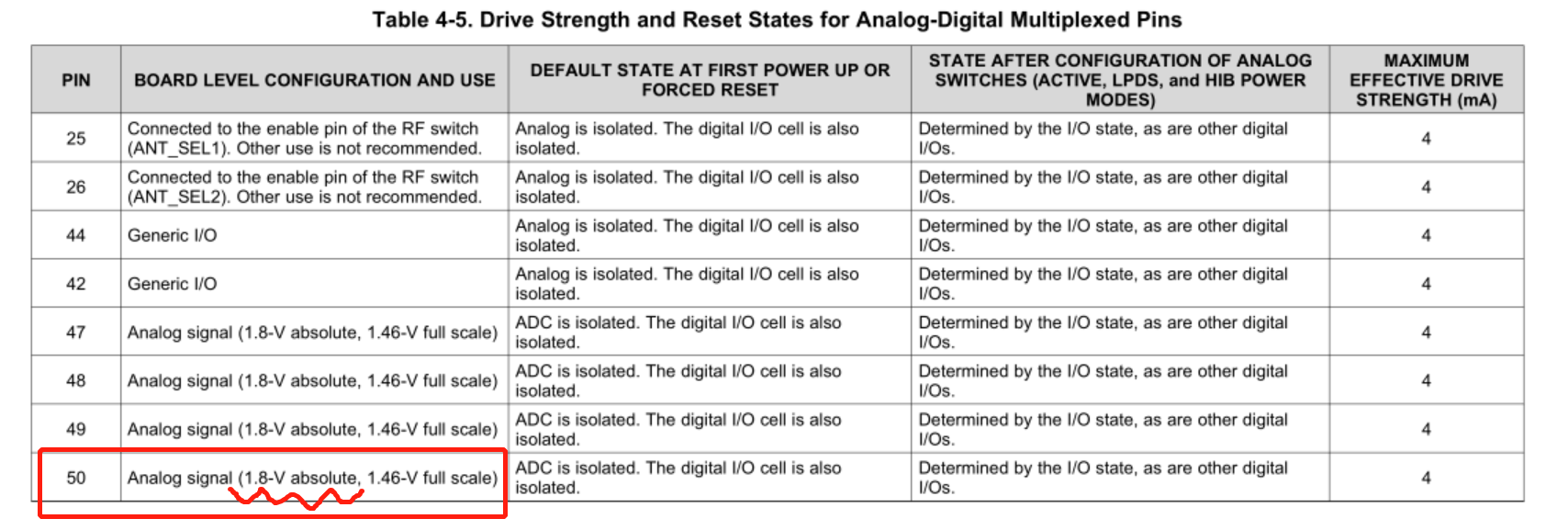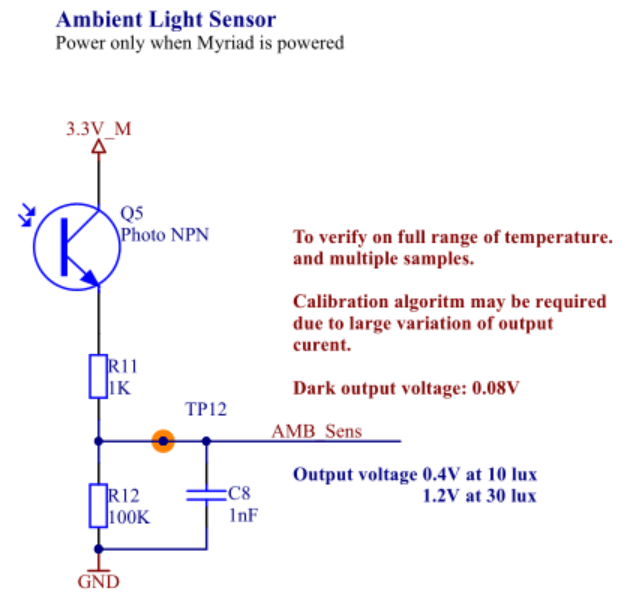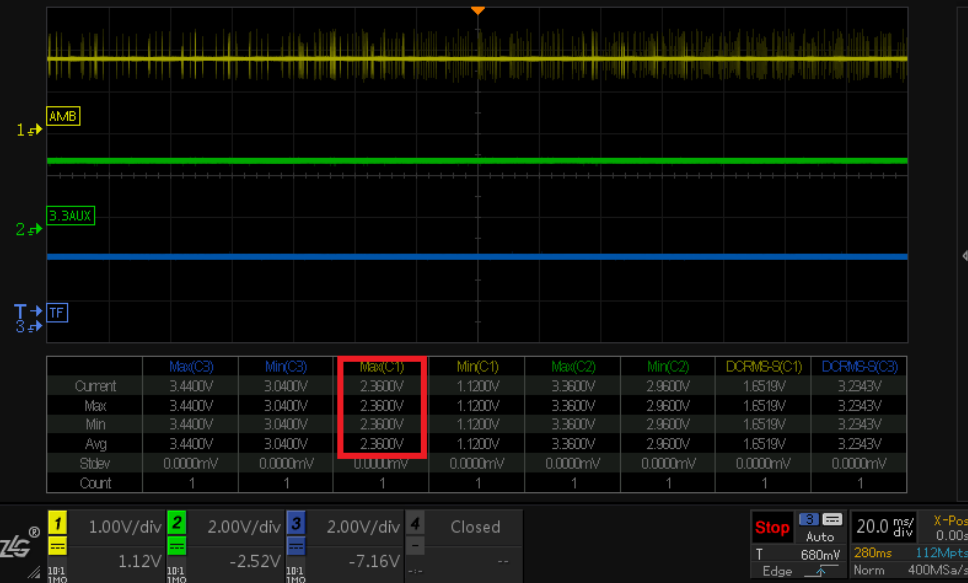Hi TI
There are one questions about CC3220S ADC that need help to answer. According to the official data of TI, the maximum allowable analog voltage of CC3220S ADC cannot exceed 1.8v, otherwise it will be damaged. However, I did the pressure test, input 2.1v with the stabilized power supply, and then conducted ADC sampling every second, which was performed for many times. However, it was not damaged. I want to know the reason. why is this I/O not corrupted?Awaiting for your reply Thank you very much!







